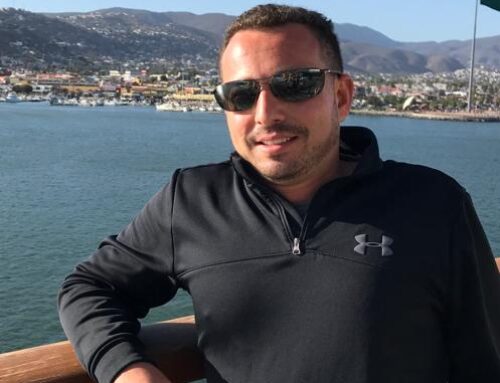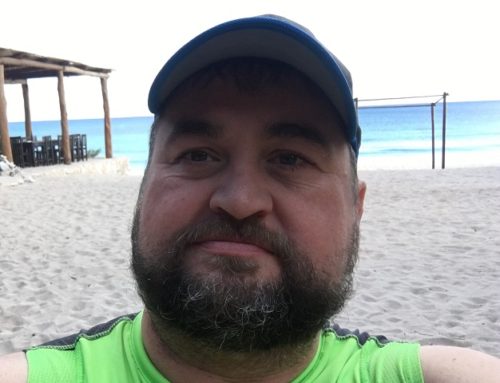After I went out into the real world and was no longer in school, it took me a few years to get used to not having a spring or summer break. Not that I felt entitled to time off, it was just that my body and brain felt like something wasn’t right. It was a seasonal need that wasn’t being met. Some continuing education providers continue to do work seasonally, and I understand why: 1. In the early days of continuing education, providers modeled their course schedule after semesters in school, fall and spring. Why? I don’t know, and 2. While a real work life doesn’t include built in breaks like school life, continuing education providers do get to take time off and that time off is generally in the summer. I know it’s hard to break tradition, but I want you to “Just say no to summer break!”
I’m not suggesting no work is done in the summer. I am suggesting that, absent a compliance deadline, creation of new content comes to a standstill in the summer. Rethink this approach! There are several reasons to do so.
First, with online education it doesn’t matter where you are to consume continuing education. With vacations and summer holidays, a busy professional can take an on-demand course or participate in a webinar or webcast without clients or patients knocking at the door. When I was working as a direct provider of continuing education, one of the learners of a live webinar commented, “It was great to be able to participate from the beach in Mexico!” I thought she was showing off a bit, but you get my point. If you continue to create content through the summer, you just might discover an audience you never had before.
Second, creating content through the summer increases your capacity to provide a comprehensive catalog by 25%. Yes, you want to continue with live programming, but the summer is also an opportunity to record programs. Your subject matter experts have availability during the summer, so use this time to record a one-hour update, advanced version of an existing program, or cover a topic in an introductory fashion. Just like your learner, the subject matter expert can present a webinar from any location! You know where your curriculum gaps exist. Fill them during the summer.
Last, ask your program planners that work on all-day programs during the summer and fall, to also plan a one-hour summer program. It is almost always the case that a topic that is good doesn’t make it to the gross outline of the all-day program. Ask your program planners to identify that topic and plan the summer live program or recording. Obviously, target marketing is easy with this approach. It is everyone that attended the all-day program.
If summer programming is something you haven’t done previously, start out small and give it a try. Set reasonable goals. Even two, one-hour programs a month during the summer can make a difference to your learner. It can also bolster your catalog not only by adding new content but by creating a vibrant and changing catalog throughout the entire year.






